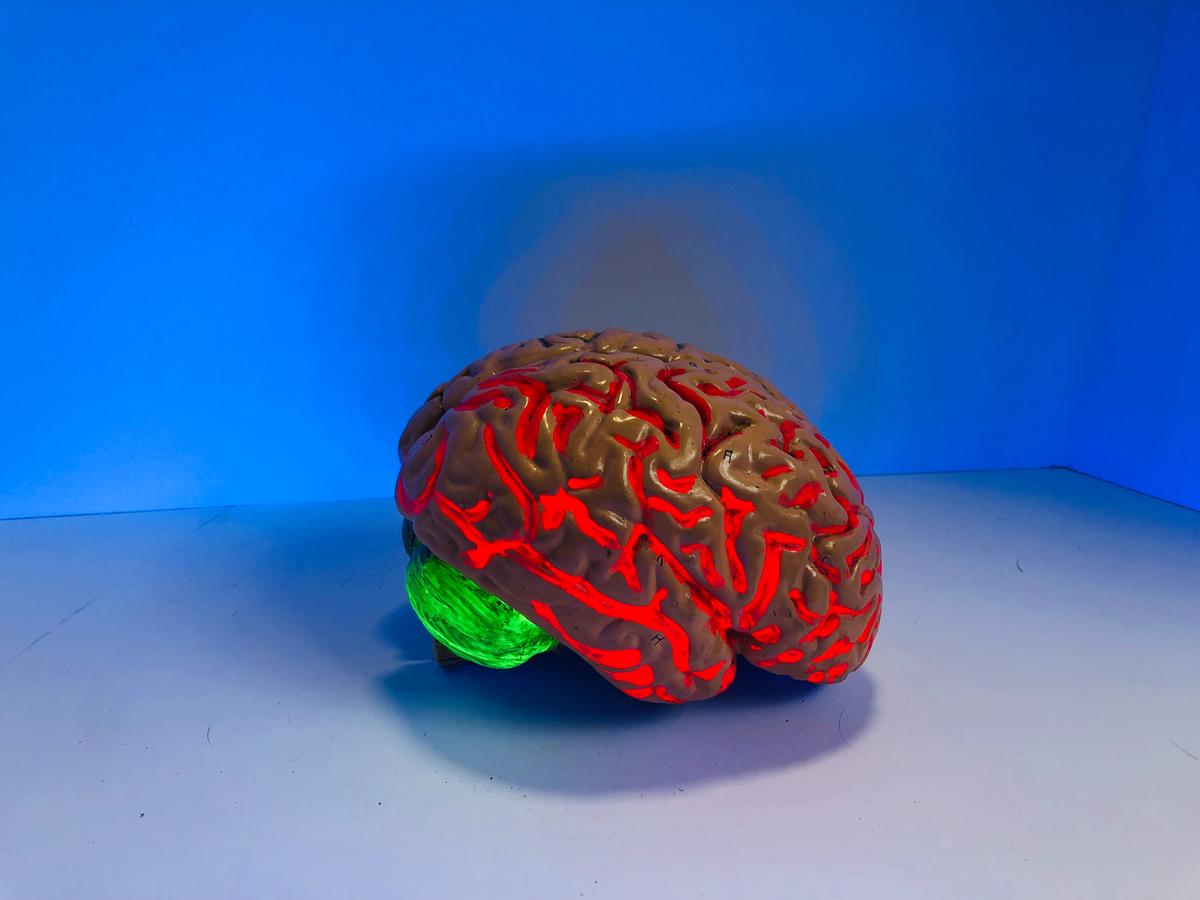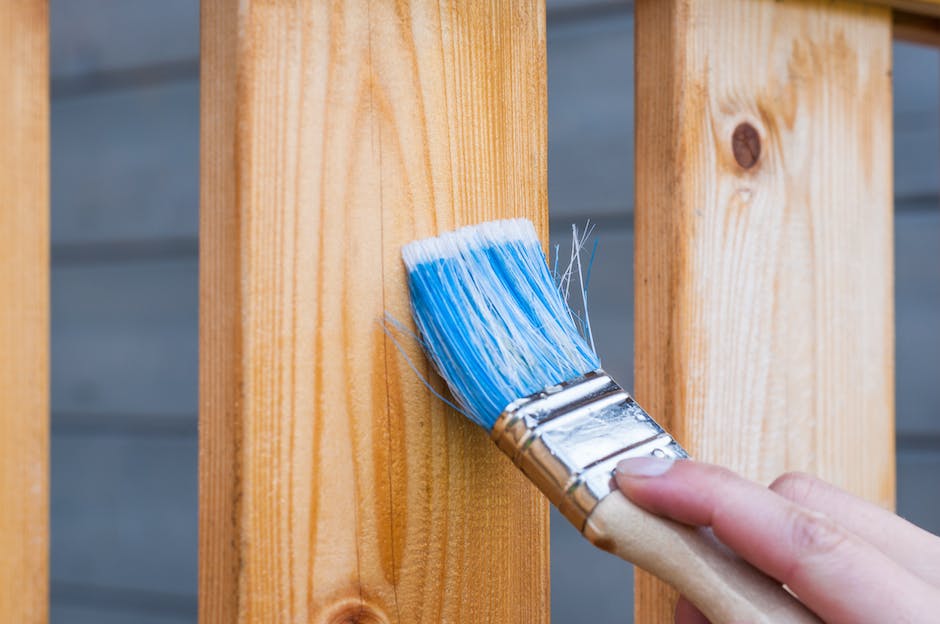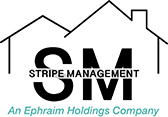Lead poisoning poses a grave risk to health, predominantly affecting the wellbeing of children in rental properties across Maryland. This risk is often overlooked, resulting in significant legislative and regulatory emphasis on the identification, prevention, and management of lead hazards. With troubling instances of lead entering residential units through outdated infrastructure or contaminated sources, it becomes essential for both tenants and landlords to comprehend the multifaceted aspects of this danger. This includes being aware of the legal framework operating in Maryland to regulate lead safety in rental properties, the role and responsibilities of both landlords and tenants, and the viable techniques for identifying and mitigating lead risks.
Overview of Lead Poisoning
Understanding Lead Poisoning
Lead poisoning is a serious, sometimes insidious health issue that can lead to a variety of adverse health effects. Lead, a heavy metal, can be harmful—even fatal—to humans and animals upon ingestion or inhalation. It is particularly dangerous for children under the age of six. If ingested, lead particles rapidly absorb into bloodstreams, leading to lead poisoning. Its effects on children can be devastating and can include developmental delays, learning difficulties, irritability, weight loss, fatigue, abdominal pain, vomiting, constipation, and hearing loss. In severe cases, it can even cause seizures, coma, or death.
The Role of Homes and Rental Properties in Lead Exposure
Most commonly, lead appears in residential homes through lead-based paint and contaminated dust. Although the usage of lead-based paint for homes was banned in the United States in 1978, buildings constructed before the ban may still pose significant lead risks. This scenario is applicable to some rental properties in Maryland, especially those with older structures. It’s also concerning that many families remain unaware of lead hazards—even those occupying potentially risky homes.
Rental properties can be particularly vulnerable to lead risks for several key reasons. First, their care might fall secondary to other concerns for property owners. In contrast to owner-occupied properties, renters may lack full control over maintenance procedures and quality. In cases of properties with known or suspected lead-based paint hazards, this could present issues if paint starts to chip, crack, peel, or deteriorate, becoming lead-contaminated dust.
Second, rental properties often change hands frequently, further complicating the effective communication and mitigation of these potential lead risks. Property owners or managers may not adequately inform new tenants of historically identified lead hazards.
The Maryland Perspective
In Maryland, the prevalence of older housing stock further amplifies the lead risk issue. Many rental properties in the state, particularly those in urban areas like Baltimore, have been standing well before the 1978 ban.
To respond to this, Maryland law requires all residential rental properties built before 1978 to be registered and inspected to achieve a “Lead Free” or “Lead Safe” certificate. The processes involved are comprehensive, involving inspection, risk assessment, and clearance processes. Despite these regulations, lead poisoning cases among Maryland children are unfortunately not uncommon, signalling ongoing struggles with lead hazard control in rental properties.
Comprehending Lead Hazards in Rental Properties
It’s vital for both landlords and tenants to take measured steps in preventing lead exposure in rental properties. Landlords can achieve this by conducting regular visual inspections for signs of deteriorating paint, implementing dust control measures, and adhering strictly to state lead laws. Detailed record-keeping of inspections, abatement, and notification activities offers a proactive approach to maintaining lead-safe environments.
For tenants, awareness of potential lead hazards is crucial as well as advocating for habitable living conditions. Through certifications, abatement, and regular maintenance, potentially dangerous rental units can be transformed into safe domiciles. The risks posed by lead exposure cannot be accentuated enough, hence the significance of understanding and taking measures against lead hazards in rental properties, especially in Maryland, among older residential constructions.

Photo by yulia_dubyna on Unsplash
The Legal Requirements and Regulations in Maryland
Insight into Maryland’s Lead Protection Legality in Rentals
Maryland enforces strict legislations for lead safety in leased properties. The state’s law titled ‘Lead-Based Paint Risk Reduction in Lease and Rental’, introduced in 1994, mandates landlords to employ vigorous measures to mitigate the risk of lead exposure, specifically in older residential rentals.
Particularly, this legislation has implications for rental residences constructed before 1978. These properties are more likely to contain lead-based paints, which can turn harmful if not adequately maintained. In compliance with this law, landlords are legally bound to register these properties with the Maryland Department of the Environment (MDE), pass lead dust test inspections, and annually renew the registrations.
Requirements for Maryland Landlords
Landlords must perform certain measures to reduce the risk of lead exposure in their rentals. These include providing tenants with copies of the EPA pamphlet “Protect Your Family from Lead in Your Home” and MDE’s “Notice of Tenant’s Rights”, along with specific lead inspection certificates for their properties.
The Full Risk Reduction standard, one of two risk reduction measures in place, requires landlords to hire accredited inspectors to perform lead dust testing. If the rental passes the test, the landlord receives a Full Risk Reduction Certificate. If lead hazards are identified, they must be addressed by trained and accredited workers before the property can be offered for rent.
Federal Lead Disclosure Laws
Alongside state-specific laws, federal laws also exist regarding lead safety in rental housing. The Residential Lead-Based Paint Disclosure Program, regulated by the U.S. Environmental Protection Agency and the Department of Housing and Urban Development, necessitates landlords to disclose information about lead-based paint and hazards before leases take effect.
Protection for Tenants
Tenants also have rights under these laws. If a landlord fails to comply with the legal requirements, tenants can report those violations to the MDE. The department can undertake enforcement action, which can include fines and corrective measures against the landlord.
Moreover, if a child tenant suffers lead poisoning attributable to the landlord’s negligence, tenants have the legal recourse to sue for damages. This right was affirmed by Maryland’s highest court, the Court of Appeals, in a 2012 ruling.
Registered Lead Safe and Limited Lead Free Housing in Maryland
The Maryland Department of the Environment (MDE) aids renters by maintaining a public registry of housing that complies with either the lead-free or risk reduction standards. This registry provides an opportunity for future tenants to verify if a potential rental property is recorded appropriately and if it has undergone necessary lead risk reduction processes.
For those residing in rental properties in Maryland, being knowledgeable about these lead risks and the laws related to it is crucial. Moreover, it also aids in ensuring that landlords are aware and are able to perform their duties responsibly.

How to Detect & Test for Lead in Rental Properties
Gaining Insights on Lead Risks
Lead, a material previously favored in construction for products like paint and soil, is known to pose serious health threats. These threats are particularly significant for children under six years of age. Exposure to lead can harm a child’s developing brain, leading to slowed growth, learning difficulties, and behavior issues, which can include a decreased IQ, hyperactivity, a shortened attention span, and delayed language acquisition skills.
Detecting Potential Sources of Lead in Rental Properties
Potential sources of lead exposure in rental properties can come from lead-based paint, contaminated soil, or plumbing made from lead materials. Chipped or damaged paint in older homes is often a major source of lead exposure. Soil can be contaminated from exterior lead-based paint or past use of leaded gasoline in cars.
In rental properties, areas that see frequent use or friction, such as windows, doors, stairs, railings, banisters, porches, and fences, are susceptible to wear and tear that may exacerbate lead-based paint exposure.
Plumbing might also contain lead soldering, particularly in houses built before 1986. When the plumbing system corrodes, it can release lead particles into the water.
Effective Testing Methods for Lead
There are various ways to test for the presence of lead in rental properties. Dust wipe samples can be used to determine the amount of leaded dust on surfaces. This is especially useful for areas where children play.
Lead in paint can be detected using a lead-check swab or by a certified lead inspection professional. The swabs change color if lead is present for an easy visual confirmation.
Testing the soil involves taking multiple samples from different areas of the yard, especially areas where children may play or near the building’s foundation.
Lastly, water can be checked for lead using a sample kit where water is collected in provided containers and sent to a lab for analysis.
In Maryland, many home inspection services offer lead inspections, including testing water and dust samples and conducting a lead-based paint inspection using X-ray fluorescence technology.
Understanding Lead Risks as a Tenant
As you consider moving into a new rental property, particularly in Maryland, it’s vital to inquire about the potential presence of lead-based paint or any lead hazards. It’s a landlord’s legal duty to disclose this information if they have knowledge of it.
Signs of deteriorating paint, such as peeling or chipping, may indicate lead hazards. It’s crucial to engage your landlord in conversations about the measures they have taken to handle any potential lead risks.
By staying vigilant to potential hazards, understanding how to identify risks, and making informed decisions, you can significantly decrease the chances of lead exposure in rental properties. Given Maryland’s high number of older housing prone to lead hazards, this awareness is particularly essential for prospective tenants.

Photo by natcon773 on Unsplash
Lead Hazard Reduction Techniques and Best Practices
Identifying Lead Hazards in Rental Properties
Homes built in America before 1978 were often painted with lead-based paint, and this presents serious health risks. Older rental properties in Maryland, many of which were constructed in this period, could potentially contain this risk often overlooked. Children are most at risk, due to their developing systems, but it cannot be ignored that adults and pregnant women can also suffer substantial health issues as a consequence of lead exposure.
Preventing Lead Exposure in Rental Properties
Prevention is a landlord’s first line of defense against lead hazards. In Maryland, landlords and property owners are legally required to register rental properties with the Maryland Department of the Environment (MDE). This process includes conducting lead dust tests to ensure compliance with Maryland’s Reduction of Lead Risk in Housing Act. Regular inspections are crucial to identify peeling, chipping, or deteriorating paint, which could indicate a lead hazard.
Lead Risk Reduction Techniques
If lead-based paint is identified on a property, remedial action should be taken immediately. Encapsulation is one common technique, in which a specialized coating is applied over lead-based paint to seal it and prevent it from deteriorating. Replacement, which involves removing and replacing the painted components, is another method. Alternatively, enclosure – the sealing of lead paint behind new surfaces – can also be an effective strategy. However, these techniques should only be conducted by trained and certified professionals to ensure safety and efficacy.
Maintenance Practices to Alleviate Lead Hazards
Regular and thorough maintenance is vital to managing ongoing lead risks. This includes periodic checks for paint deterioration and dust residue, particularly in high-traffic and friction-prone areas such as door frames and windowsills. Regular professional cleanings with HEPA vacuums and damp mop techniques can effectively remove lead dust, further reducing risk.
Educate Tenants About Lead Dangers
Landlords have a responsibility to educate their tenants about the potential risks and signs of lead exposure. This information should ideally be provided both verbally and in writing, with clear instructions on what to do and who to contact if lead hazards are suspected. Regular communication with tenants can ensure that potential issues are identified and addressed promptly.
Navigating Legal Responsibilities as a Landlord in Maryland
For landlords operating in Maryland, meeting legal necessities involves providing safe dwellings that are free of lead-based hazards. The state’s rigorous rules around lead make it essential to ensure adherence to these laws. Failure to do so might result in severe sanctions, ranging from substantial monetary fines to legal suits and even potential criminal charges. Hence, understanding and counteracting the risks of encountering lead in rental properties becomes a necessity, transcending just public health concerns and entering the domain of essential legal compliance.

Resources and Support for Lead Poisoning Victims
Comprehending the Dangers of Lead in Rental Properties in Maryland
Lead is a dangerous toxic substance capable of initiating significant health issues, predominantly in young children. This harmful material can affect nearly all the organ systems of the body, with a notably adverse impact on the nervous system. Continuous exposure over many years can culminate in severe physical and mental developmental disorders. Lead risks stem mainly from decaying lead-based paint and airborne lead particles common in homes, particularly in aging rental properties. These aged rental homes are prevalent in Maryland, intriguing the necessity to comprehend the risks associated with lead.
Legal Recourse for Lead Poisoning Victims in Maryland
Maryland law requires owners of rental properties built before 1950 to register their properties with the Maryland Department of the Environment (MDE) and to meet specific lead risk reduction standards. If landlords fail to comply with these standards, they could be held liable for lead poisoning incidents. Tenants who have been affected by lead poisoning may take legal action to recover damages for any injuries suffered and the cost of any necessary medical treatment.
Medical Aid for Lead Poisoning Victims
Regular testing for lead exposure is important for early detection and treatment. Medicaid-eligible children in Maryland are required to get blood lead testing at ages 1 and 2. Additionally, the state of Maryland, through its Children’s Environmental Health and Protection Advisory Council, works towards reducing the risk of environmental health hazards like lead.
For adults, medical aid can be sought from local health facilities, some of which are supported by the state to provide free or low-cost treatment for those affected by lead poisoning. Immediate treatment for high levels of lead might include chelation therapy or other interventions to reduce the amount of lead in the body.
Other Supportive Services for Lead Poisoning Victims
Apart from medical and legal support, victims of lead poisoning can also seek help from several supportive services in Maryland. The Maryland Department of Health and the Maryland Department of the Environment run education and outreach programs about the dangers of lead and steps to prevent lead exposure.
Maryland’s Lead Poisoning Prevention Program offers resources and information on lead poisoning prevention, like educational materials for parents and caregivers, training for medical providers, and lead risk assessments for homes.
Meanwhile, the Prince George’s County Department of Housing and Community Development provides a Lead-Safe Housing Program to help property owners reduce lead-based paint hazards Affordable.
Programs at local community organizations and health departments also offer lead screening events, lead-safe certification for contractors, and health education materials. The Green & Healthy Homes Initiative, for example, provides resources and support for creating safe and lead-free homes.
The support extends beyond physical resources. Maryland’s Mental Health Services Coordination includes the coordination of mental health services for children affected by lead, ensuring their overall wellbeing and development.
This broad range of support, from legal aid to medical treatment and mental health services, helps Maryland tenants understand and mitigate the risks of lead in their rented properties, offering them a safe and healthy living environment.

Amidst the lurking danger of lead poisoning, the primary responsibility lies with everyone involved in rental housing- landlords, renters, and state authorities, to safeguard the health of residents. With a collective emphasis on detection, testing, and hazard reduction measures, the risk of lead in rental properties can be considerably diminished. Beyond this, establishing a strong support system for those affected by lead poisoning is crucial. Maryland offers a myriad of resources and community aid for victims, providing not only medical assistance but also paving the way for legal redressal. Through precaution, education, and utilization of available resources, a significant stride towards securing rental properties against lead risks can be accomplished.
